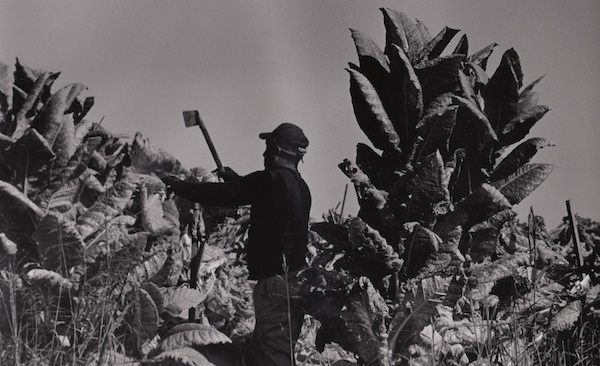Sept 23 – Oct 31
Samek Art Gallery
This exhibition is presented in partnership with Multicultural Student Services and International Student Services as part of the Connections Gallery: Experiments in Community Curating.
Artist Statement
My photography feels organic to me, arising from my very blood. From the moment I bought my first pawn-store camera as a teenager, I pivoted to capture my barrio, my familia, and our everyday lives. Other subject matter, even for the years I worked as a newspaper photographer covering all sorts of stories, never much interested me. These photographs only, of Latinos in America, are the true extension of my self.
My approach is simple. I seek to honor the moment. I want to capture it without disturbing it, altering it, or embellishing it. I use spare amounts of film. I have to react quickly while blending into the background. I rely on the largess of the people I photograph to allow me to enter their private moments. I respect that by not drawing attention to myself.
Doing this exclusively over the past 40 years has also given me a purpose beyond my own life span. I am creating an historical record: the long view of what Latino life has been like across the United States across the decades. Through photographs taken at various times in a multitude of places, but all here in this country, I have been studying our behavior. How do new immigrants adapt? How do their children navigate a bilingual, bicultural existence? How do their grandchildren display their American-ness with a tense mixture of social savvy and longing for the past?
All of these realities exist in the same space and time. I am a third or fourthgeneration Mexican American (depending on which ancestor you choose) and when I was a kid, my father took me out to the fields to help him pick cotton. So this man I am photographing amidst the tobacco is not me, nor is he my father or my grandfather, but he could have been. He and I are not so far removed from each other. We are essentially made of the same material and woven into the same cloth.
Thus, the responsibility not to say anything false about the lives of everyone I photograph reverberates within me. Instead, my work almost defiantly shows regular, mundane life. I like how people naturally arrange themselves against their environment. I am attentive to posture, dress, interaction, and the lines on faces that speak of difficulties and joy.
Ultimately when I place my work before the viewer, I am not in control of his or her reaction, nor do I seek to be. At best, I hope only to create more conversations: conversations between Latino parents and children about the past and future; conversations between neighbors of disparate backgrounds filled with a shared hope; conversations that transcend the shallow political rhetoric that passes for domestic policy debate; conversations that inspire young people to empower themselves.
I hope too that the viewer as well as the viewed can sense the respect and love that underscores my commitment to this documentary work. I hope I have done justice to who we as Latinos really are, have been, and are becoming. – José Galvez
Biography
Since the late 1960s, Tucson Arizona native José Galvez has used black and white photography to document Latino life and culture in the United States.
A newspaper photographer for over twenty years, Galvez was a member of a team of reporters and photographers at the Los Angeles Times who won a Pulitzer Prize in Community Service for a year-long series on the Latino experience in Southern California.
Galvez served as senior photo editor and contributor to Americanos, a multimedia exhibition documenting Latino life in the United States led by Edward James Olmos. His first book, Vatos, a collaboration with Luis Alberto Urrea, was published in 2000, was honored by the American Library Association, and is in its third printing. His next book, Beloved Land, with famed oral historian Patricia Martin explored the lives of Mexican pioneer ranchers in the American Southwest. His next book, Latina, is currently in progress with the University of Arizona Press.
Galvez’s photographs have been exhibited in countless museums and galleries here and abroad, including the Smithsonian Institution. But more often, you’ll find his photographs in the portable exhibits he takes to schools, libraries, fiestas, lowrider shows, and rodeos. He has spoken at dozens of colleges and universities.
In 2004, José and his family moved to North Carolina to photograph Hispanic immigration in the South. In 2005, the National Association of Latino Arts and Culture (NALAC) through the support of the Ford Foundation and JP Morgan Chase awarded him and his wife, Anne, partial funding to create the photography/oral history project “Land of Opportunity: Latino Entrepreneurs ofNorth Carolina.” In 2010, “Patriotísmo,” a collection of photographs shot after 9/11 will be installed in the new Las Cruces, NM, Federal Courthouse. For now, Galvez keeps traveling the country photographing Latinos wherever he goes.
For more information, please visit the artist’s web site


